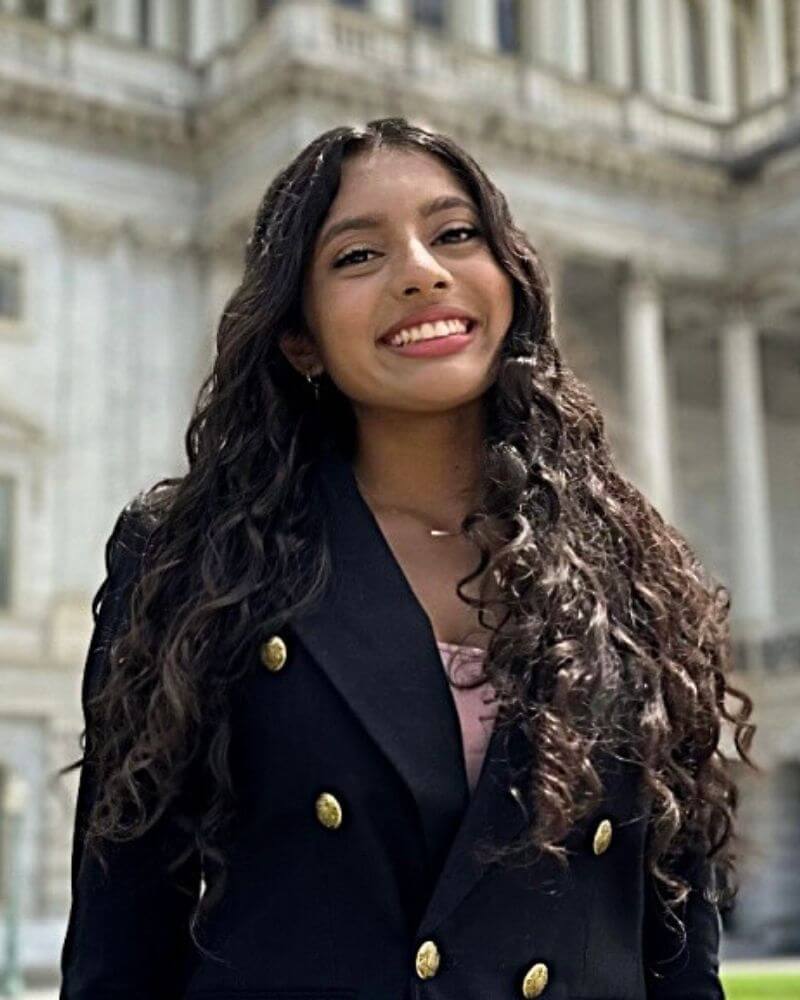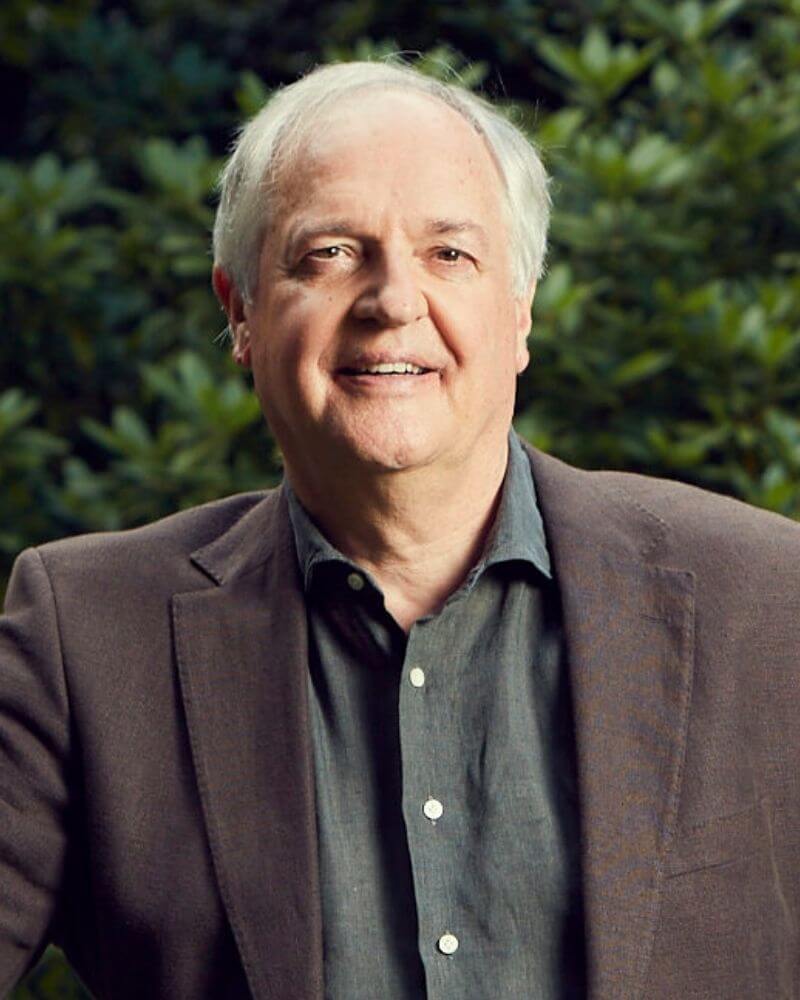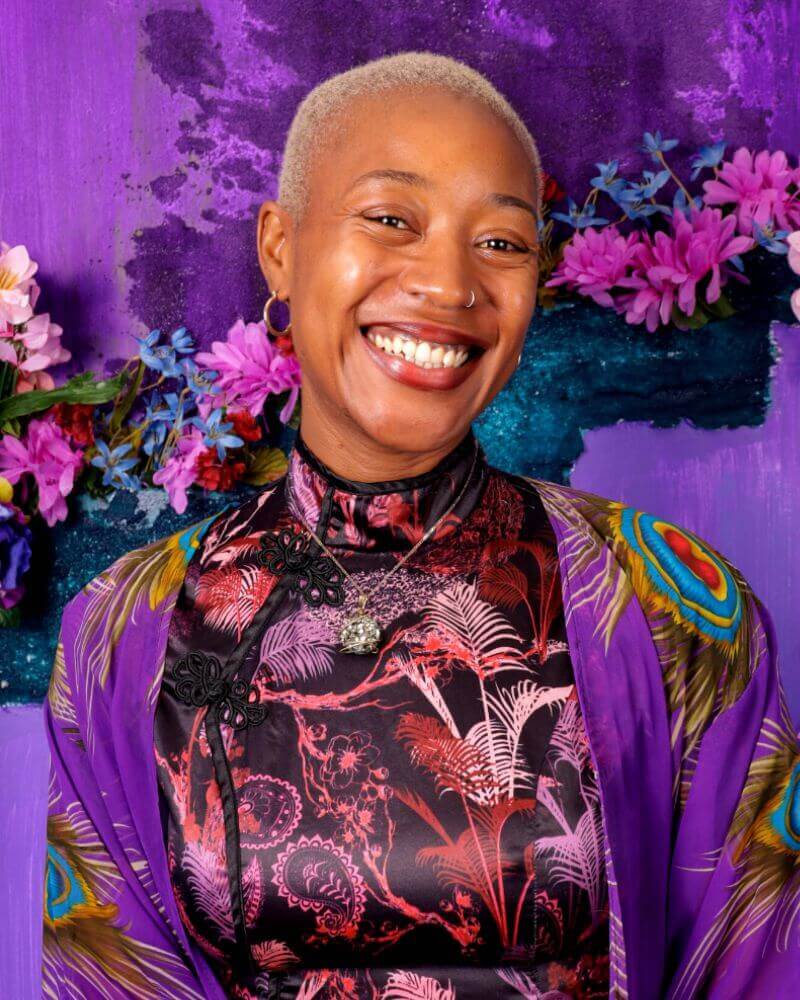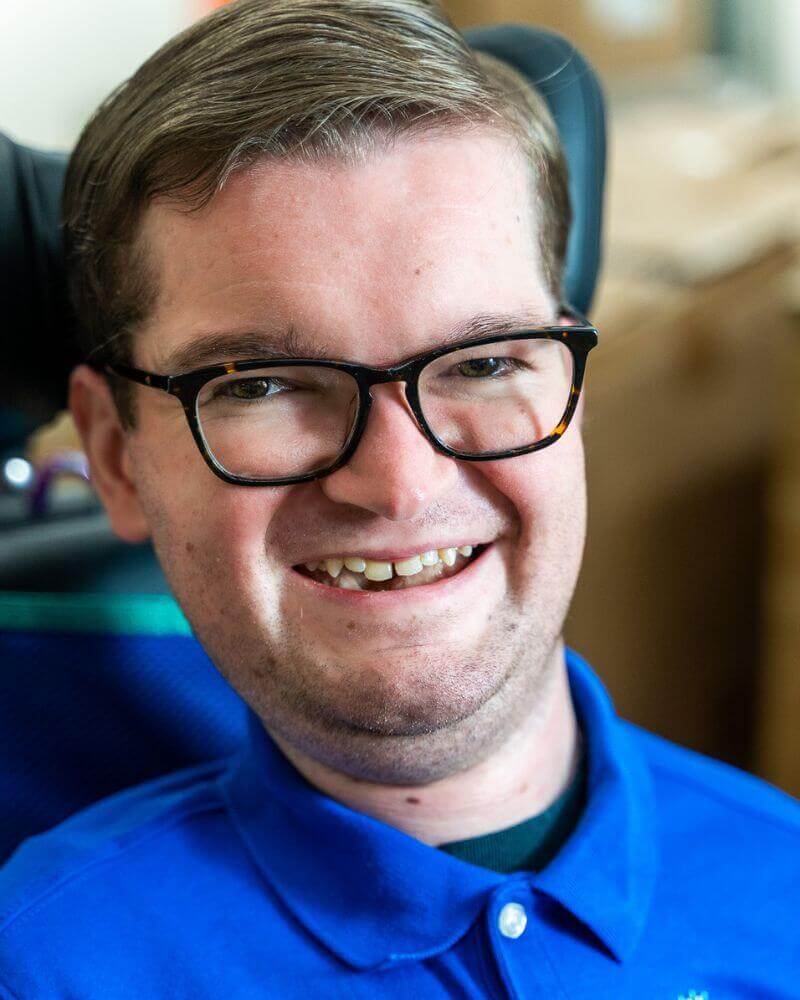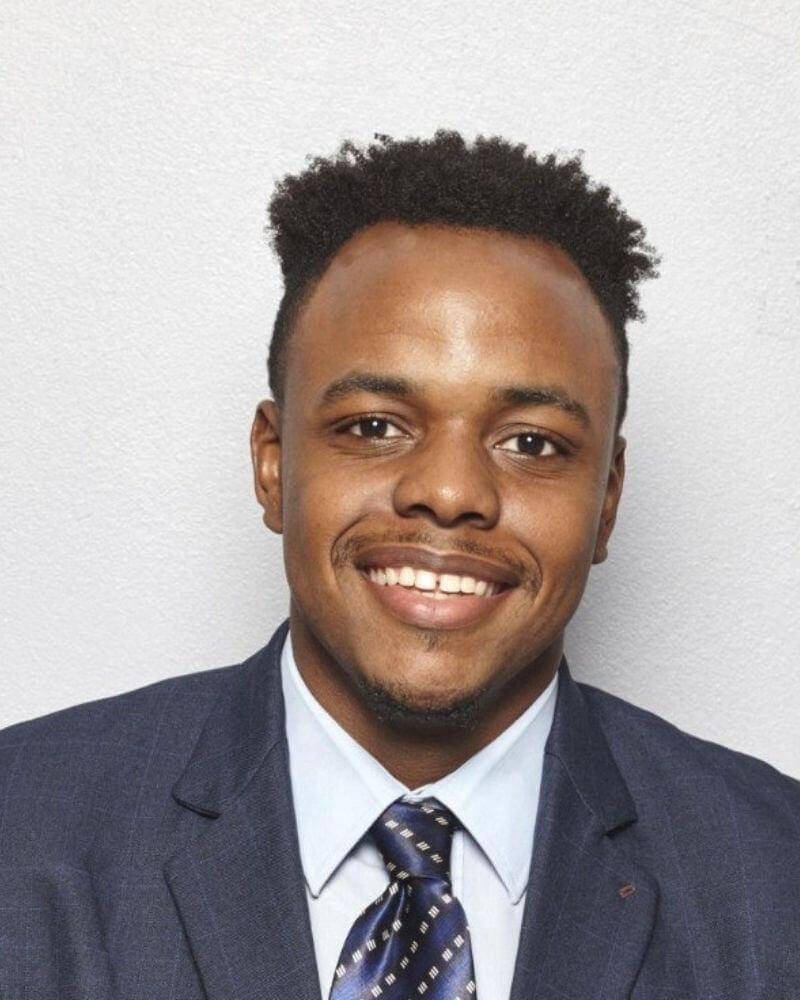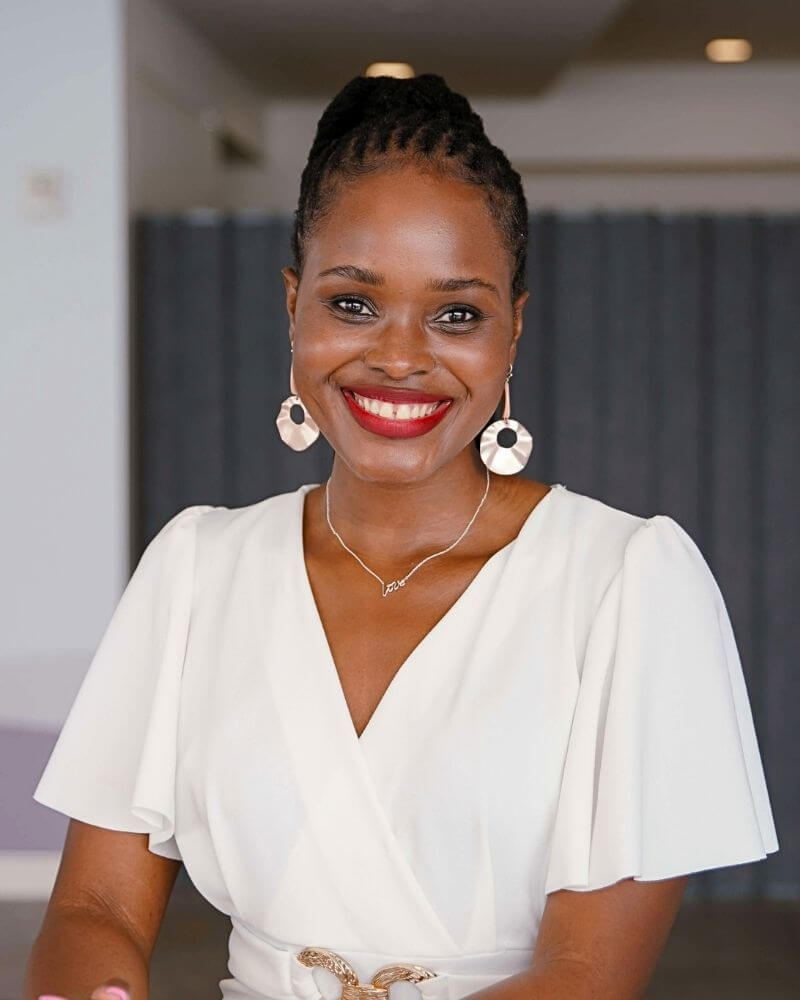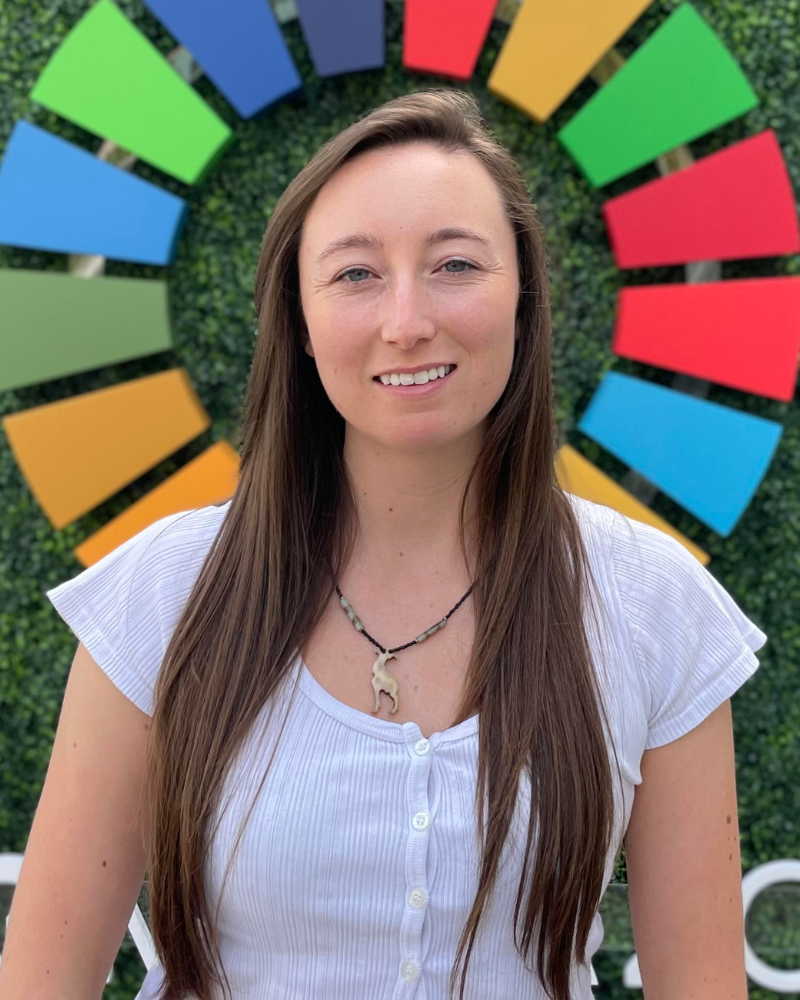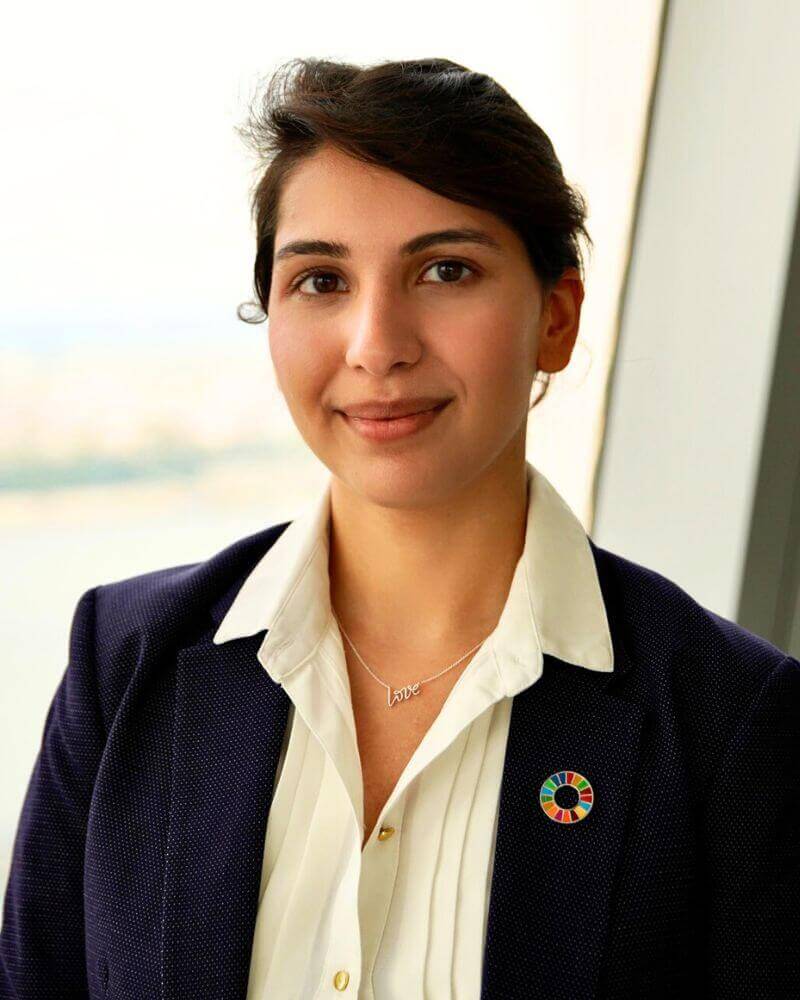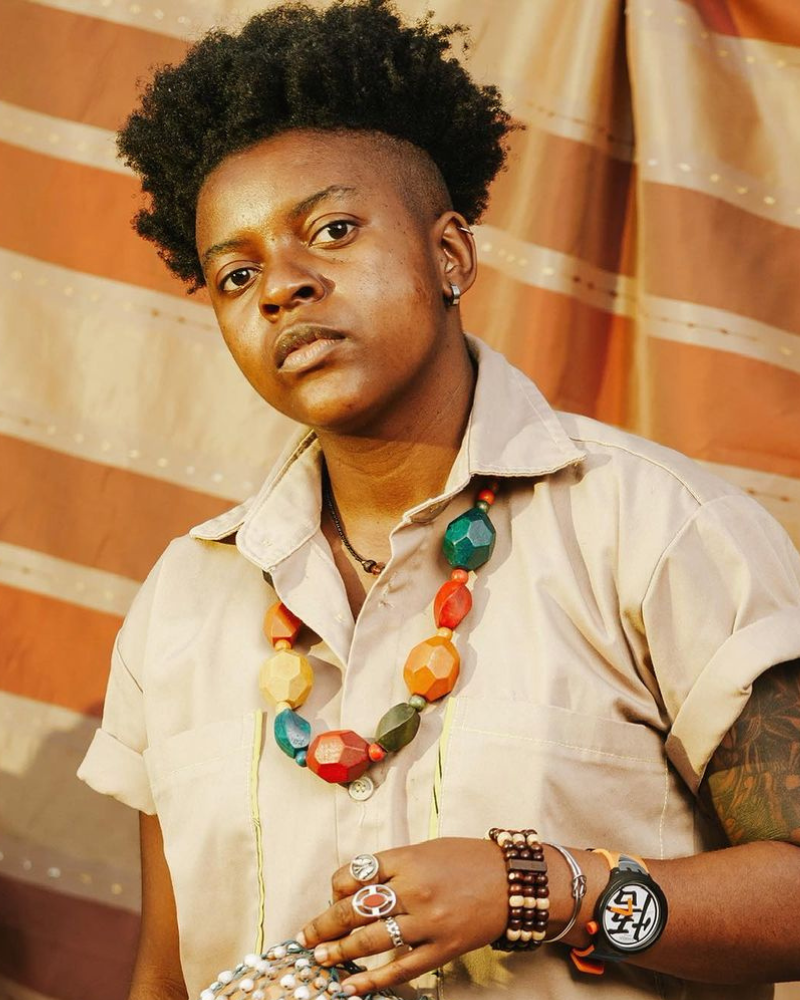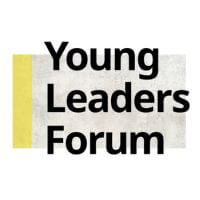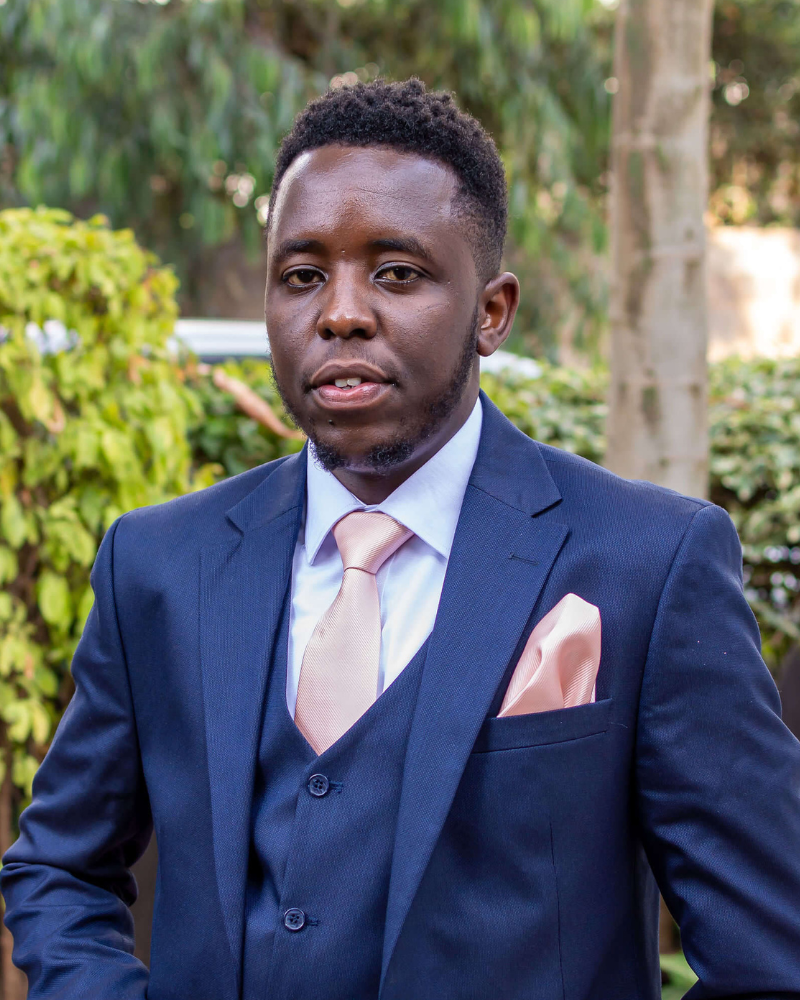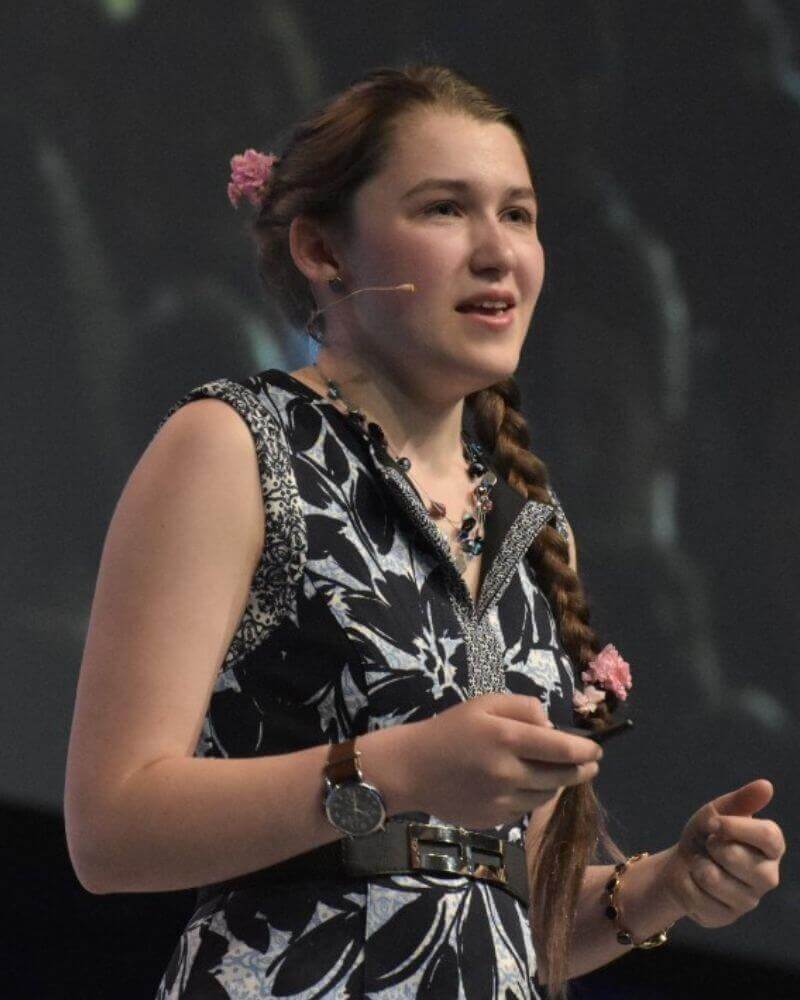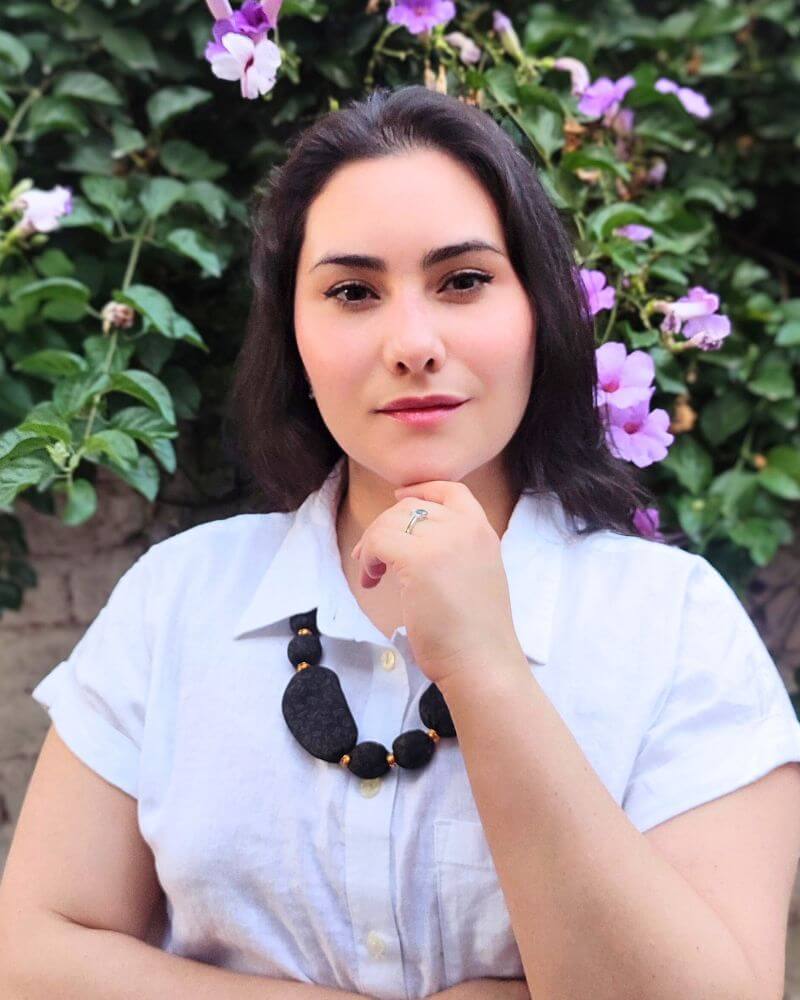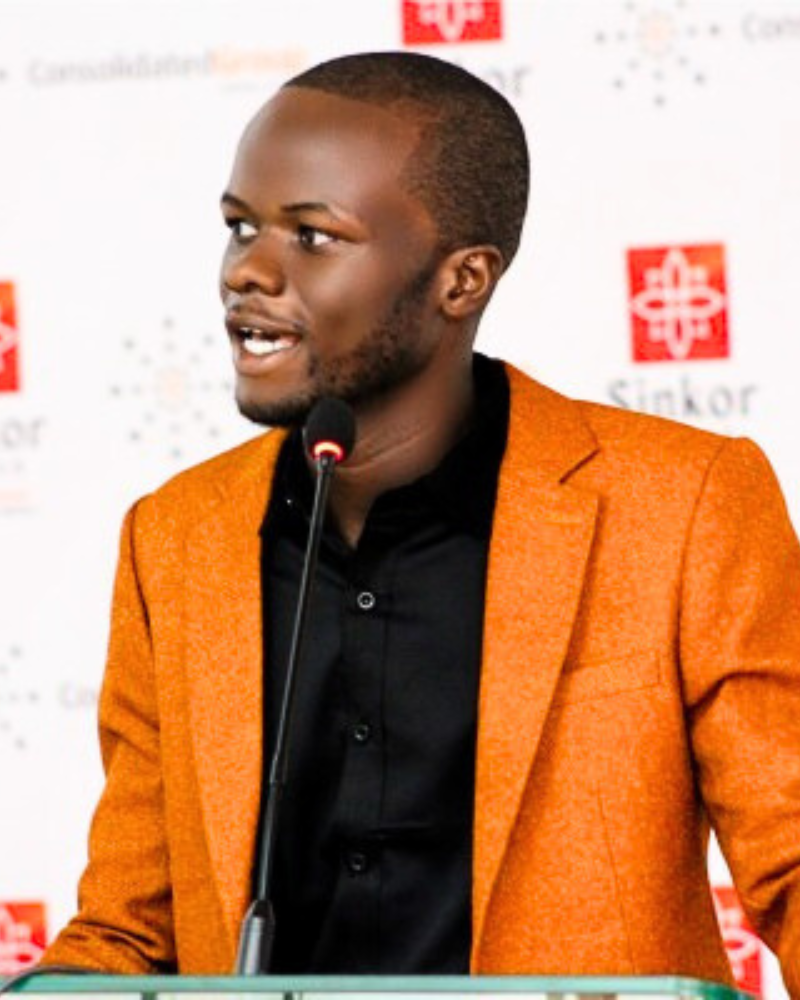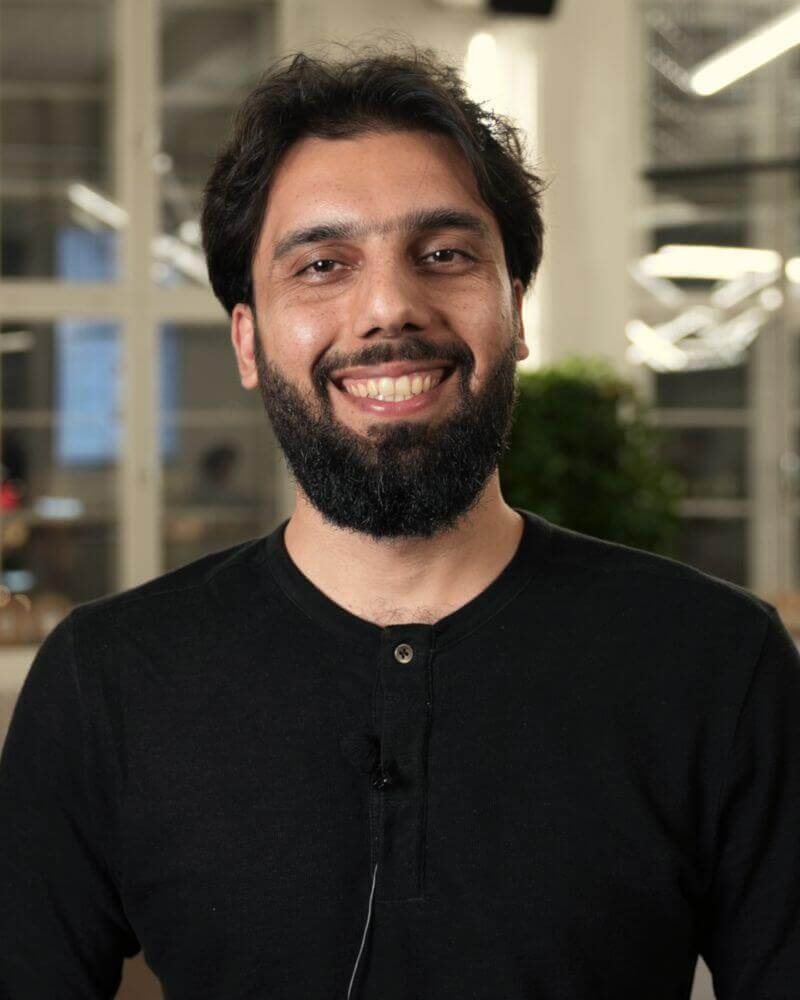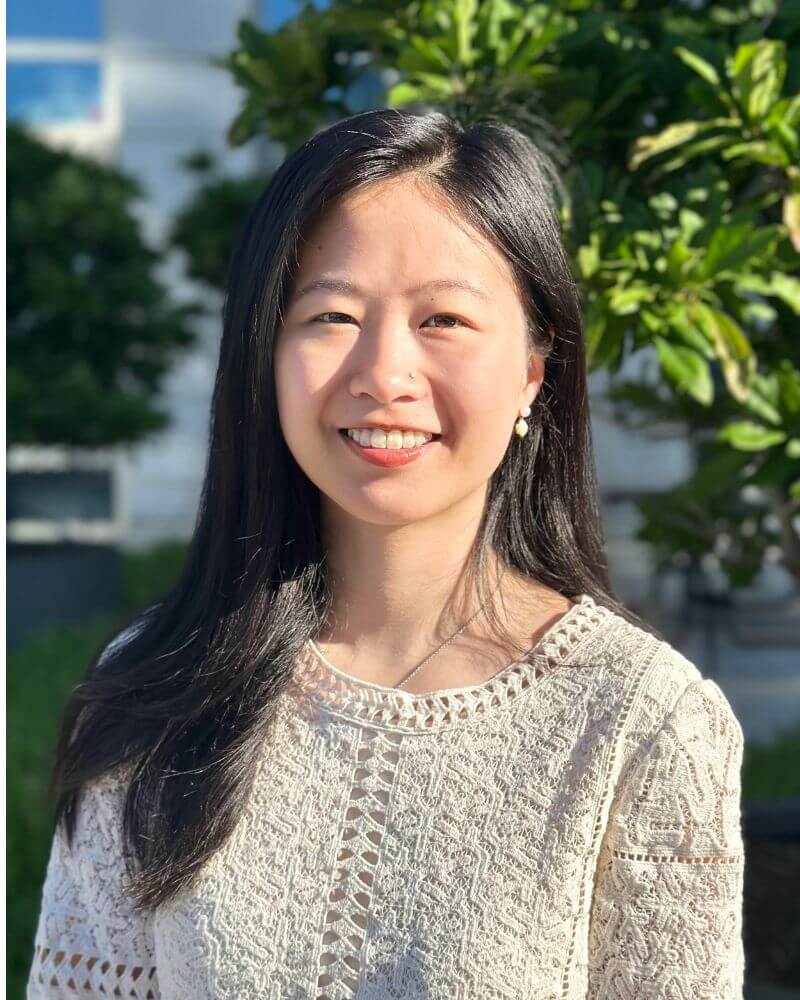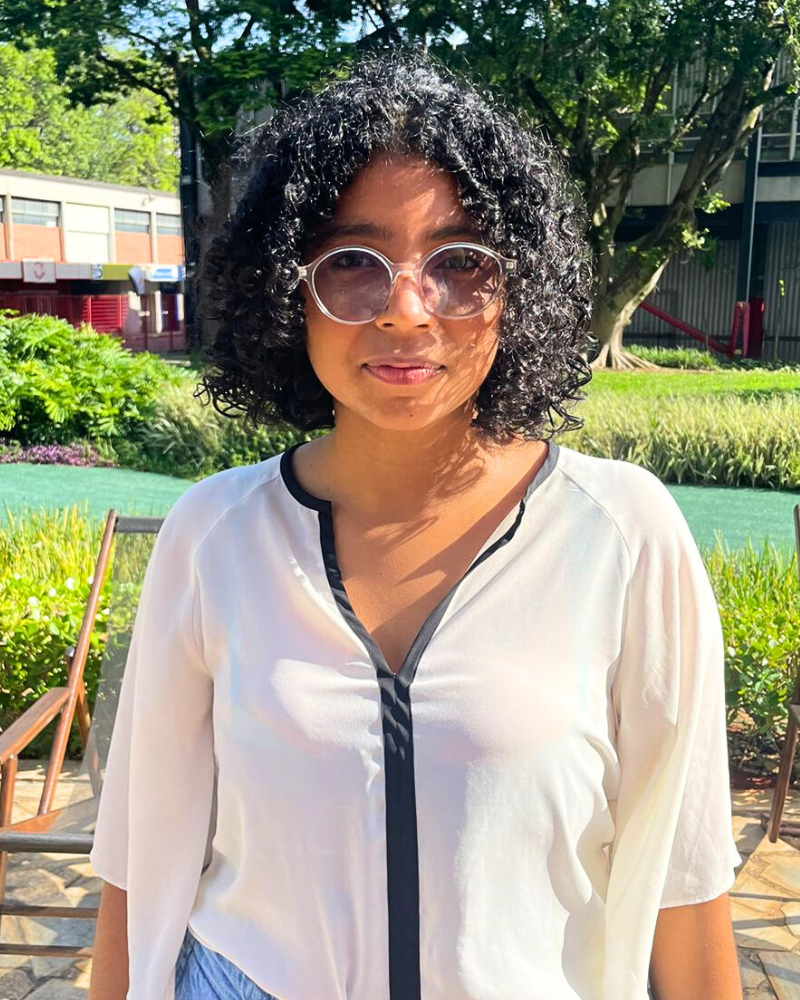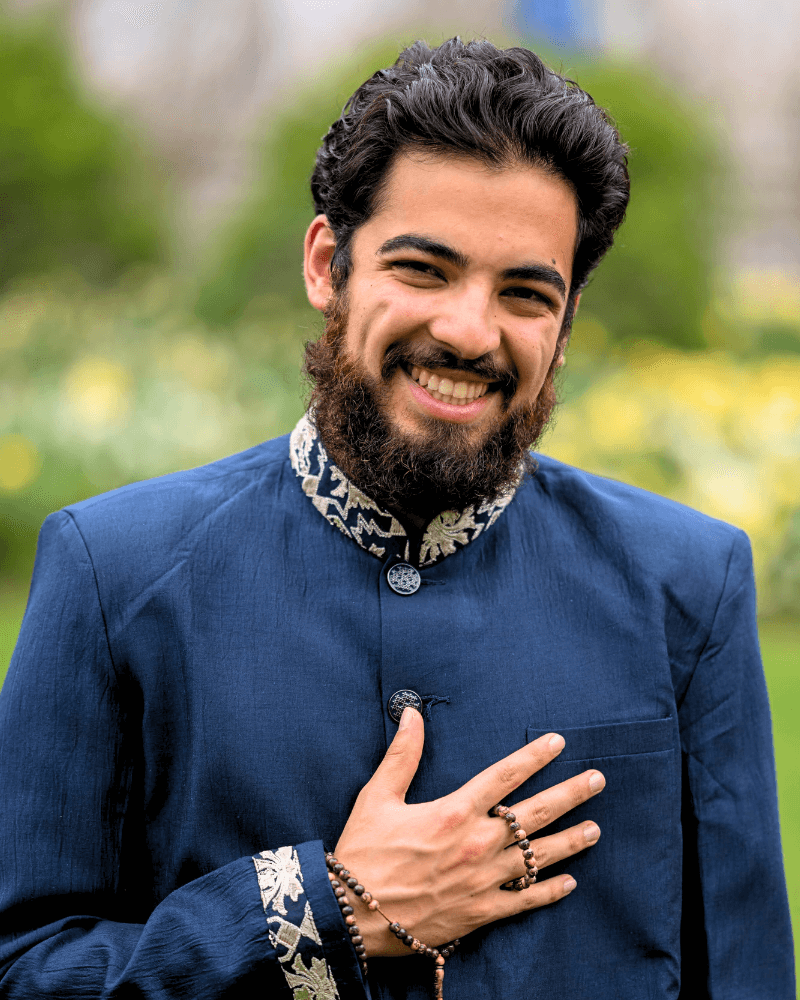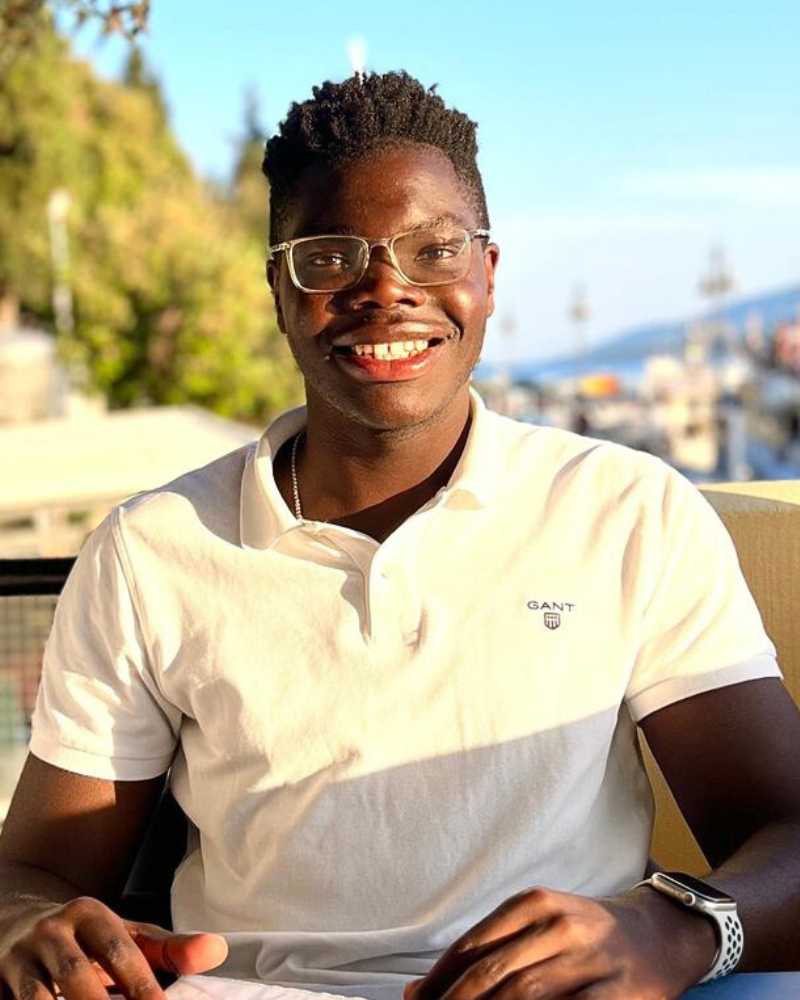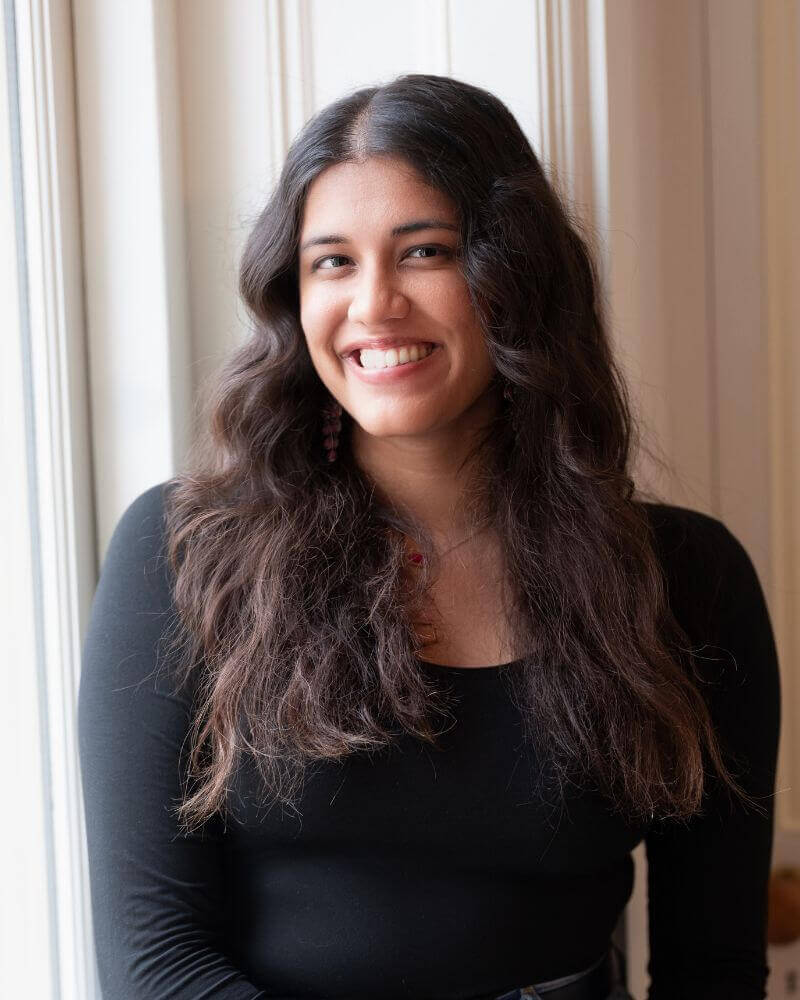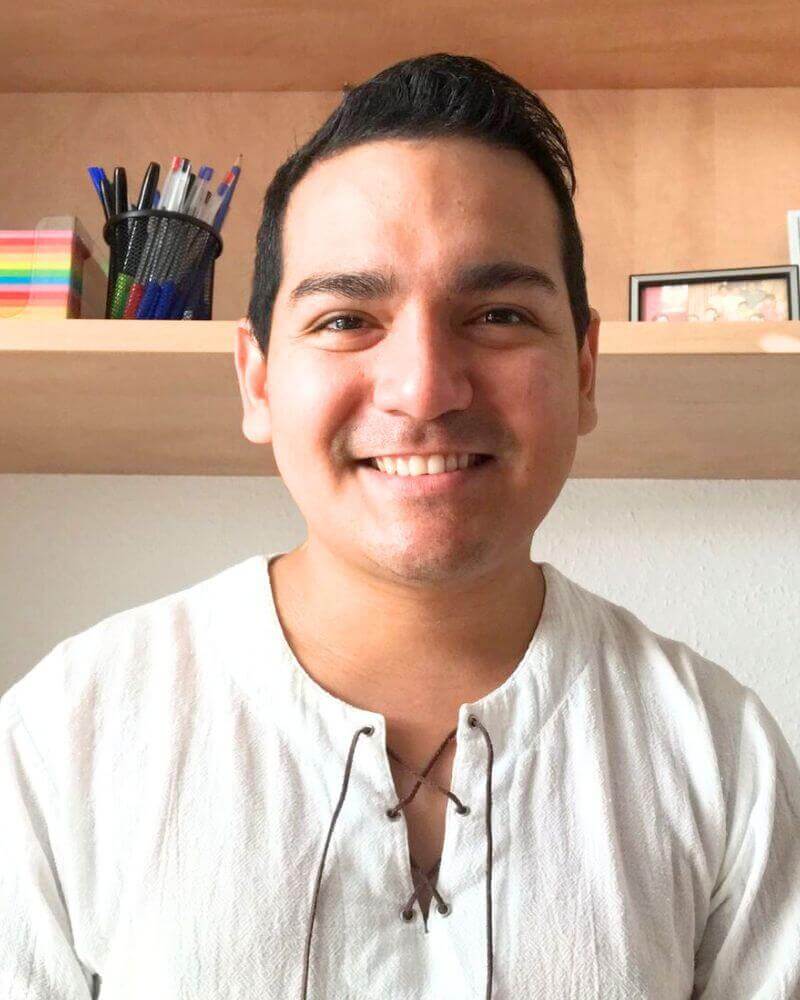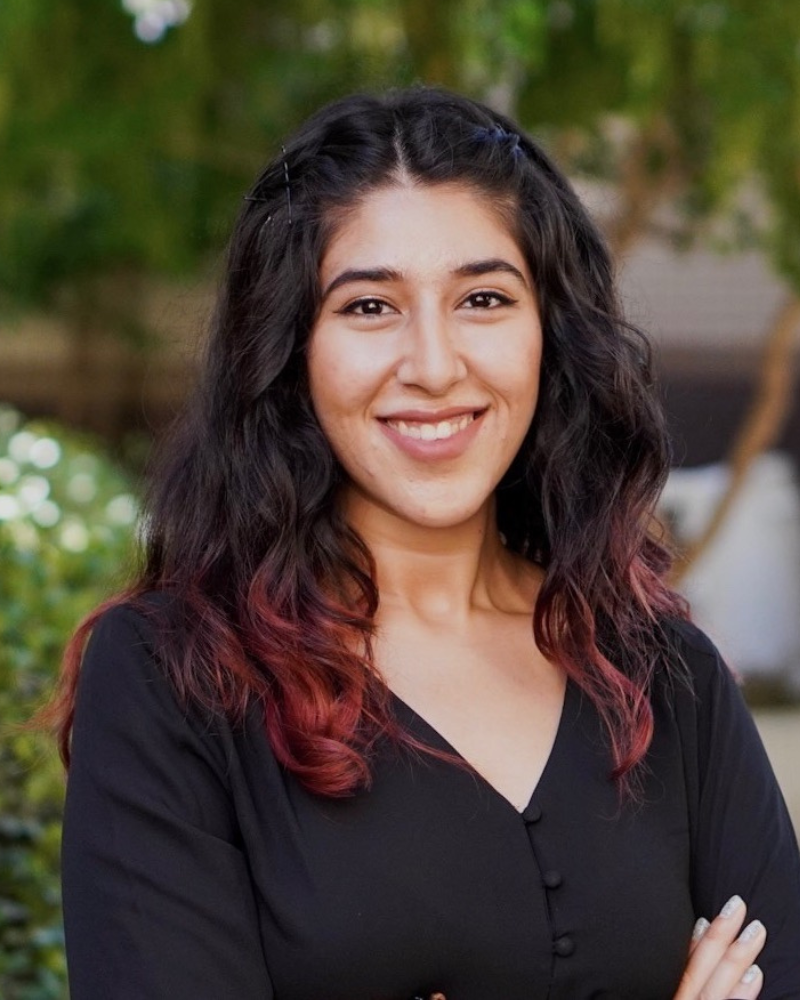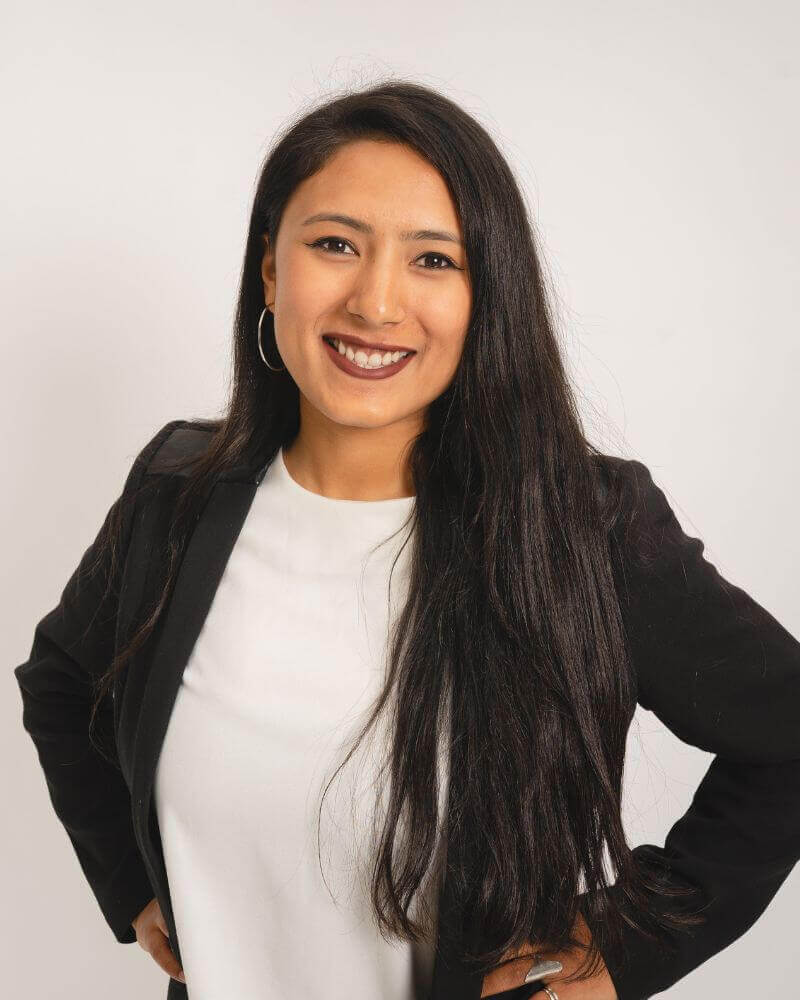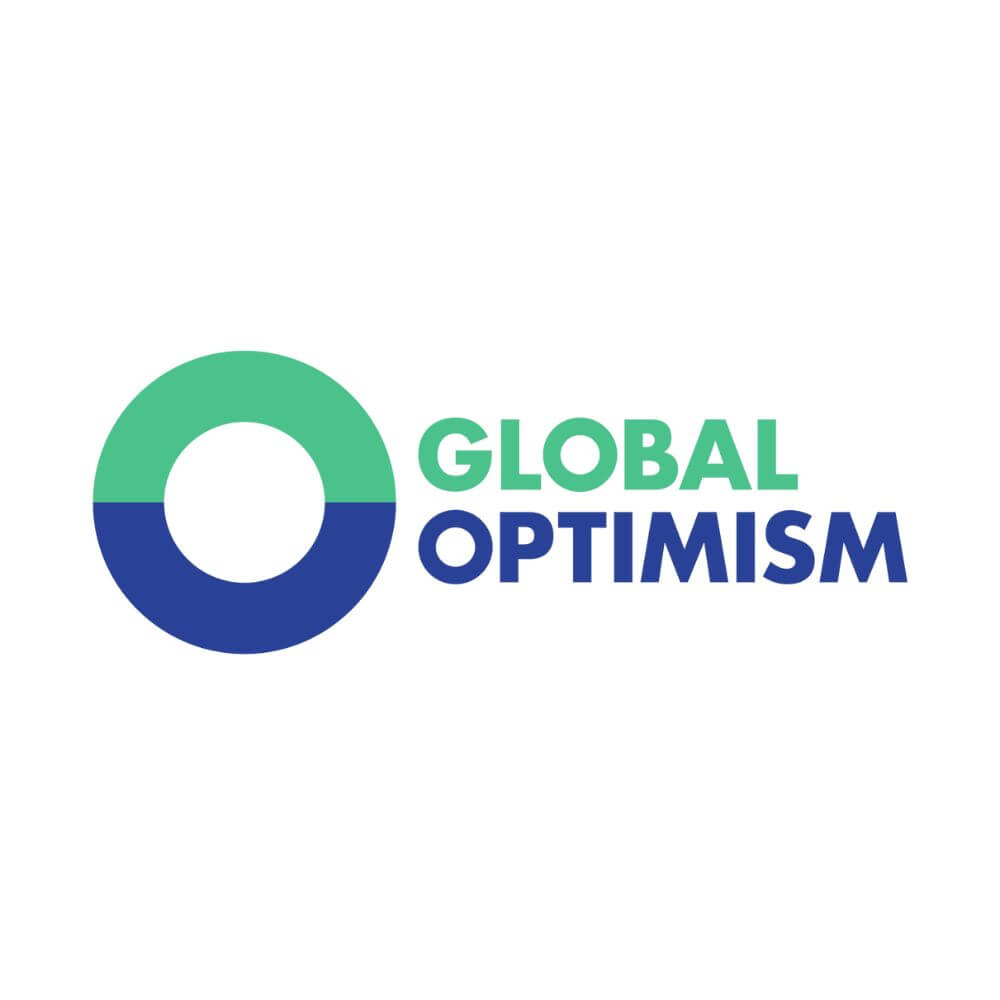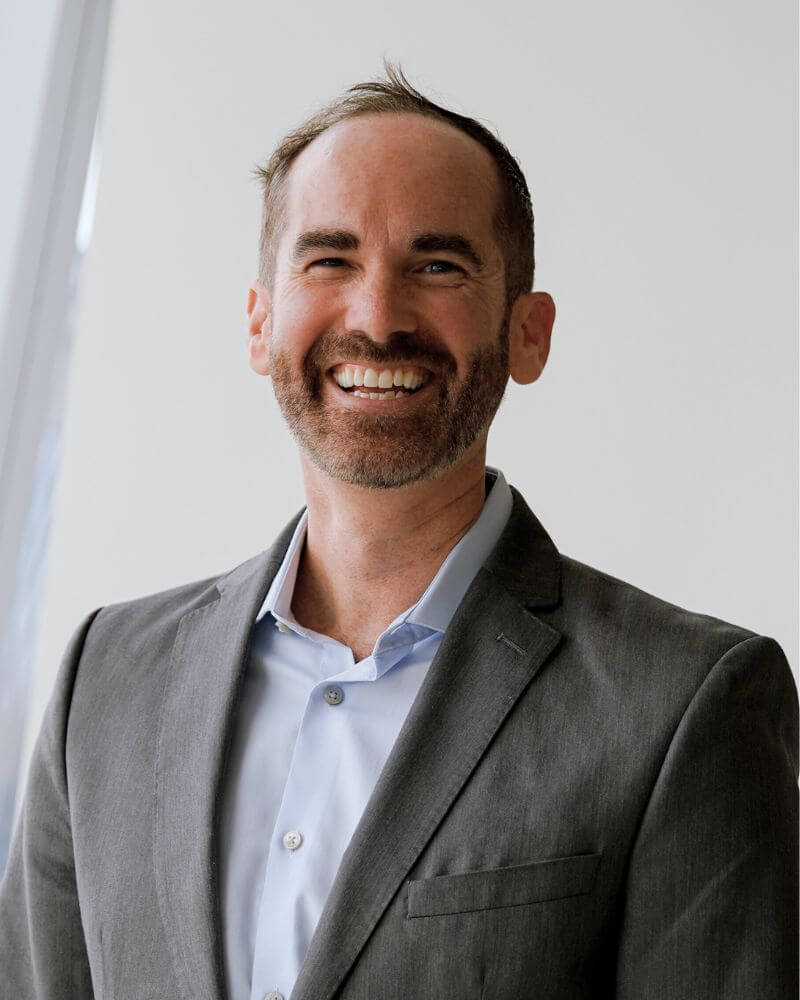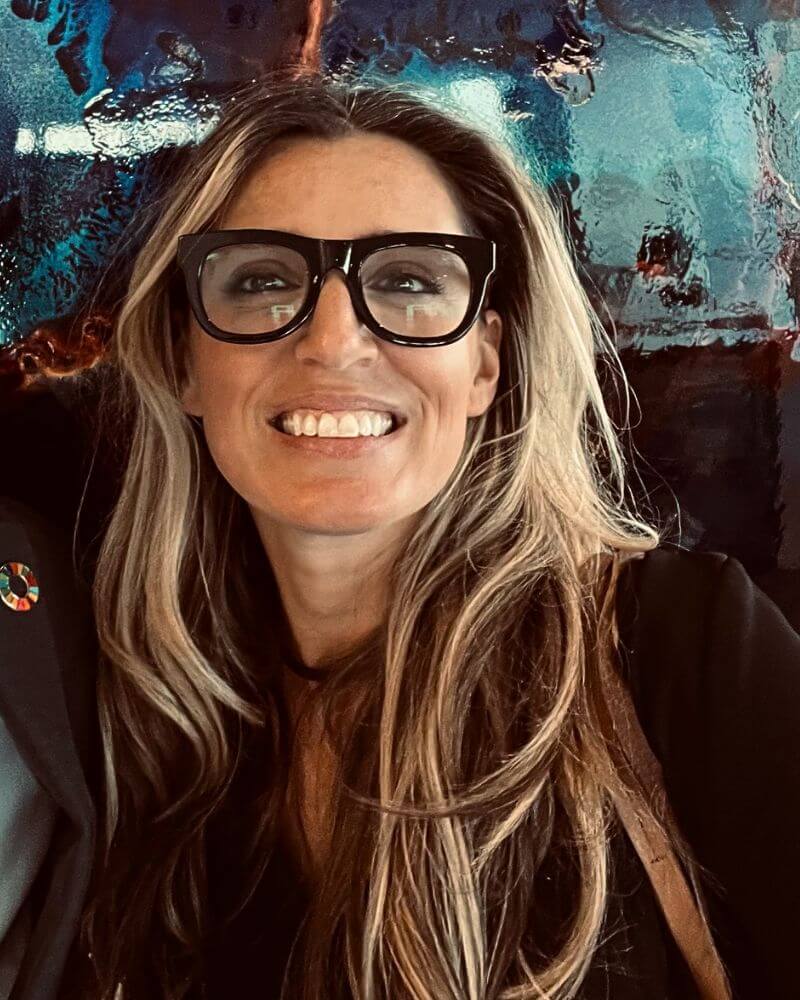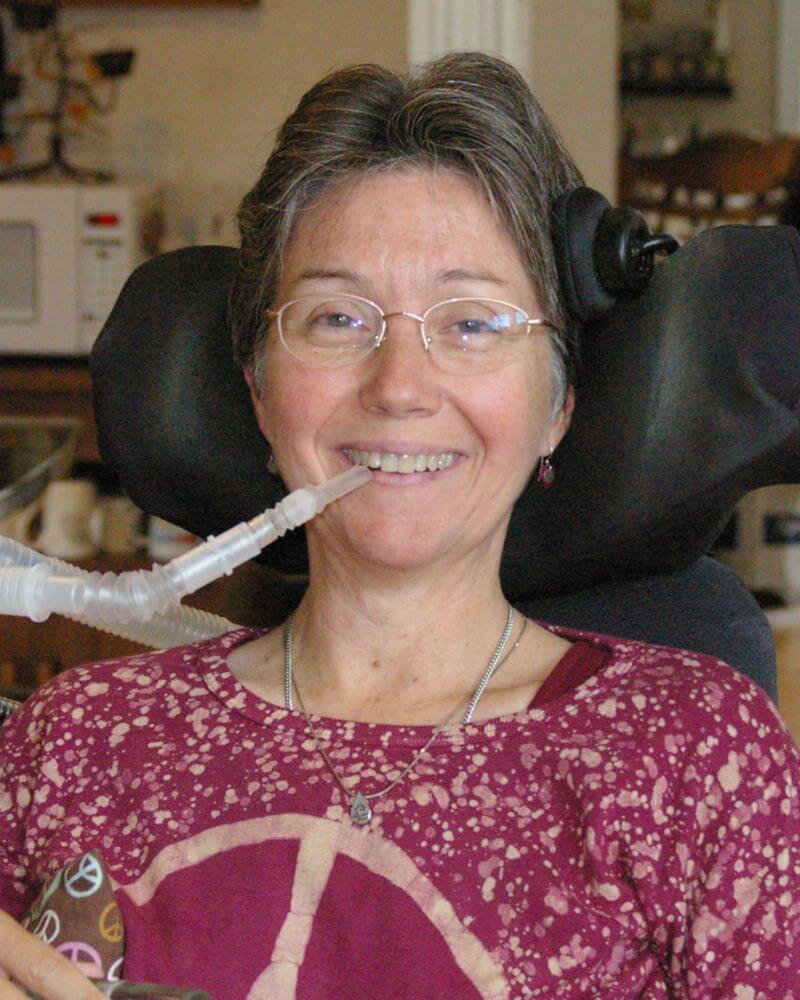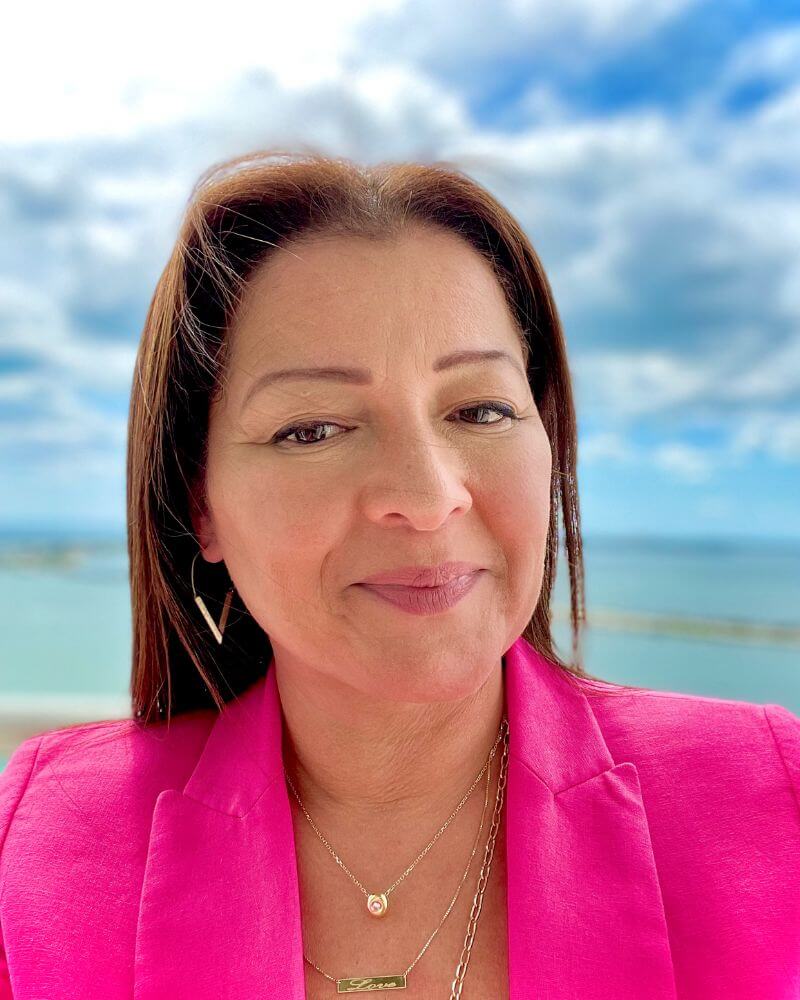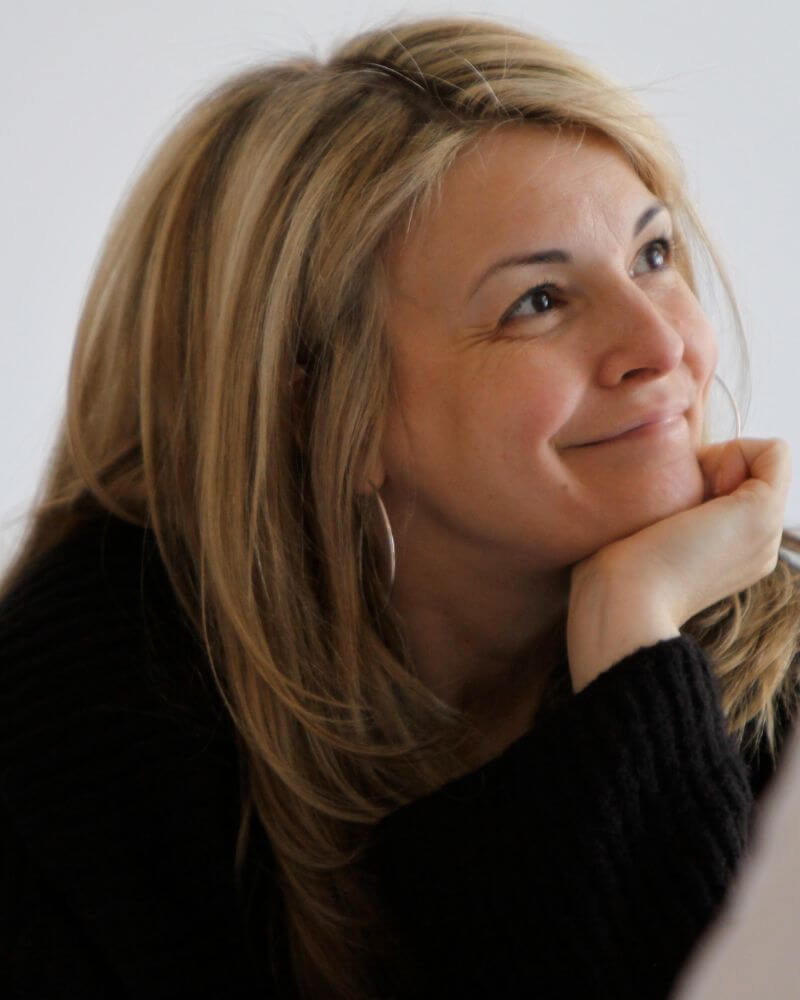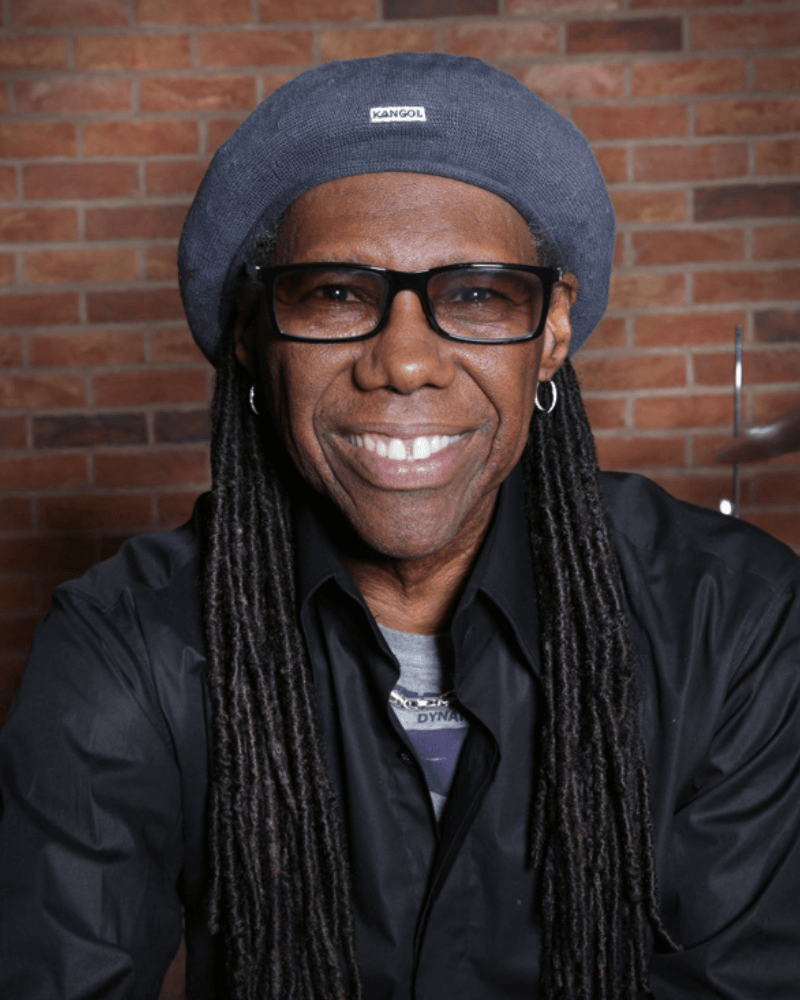Collaborating Across Generations: Insights, Challenges, and Best Practices
A We Are Family Foundation Global Study
KEY INSIGHTS
GLOBAL STUDY
Problems that span generations require leadership that does too.
What does collaborating across generations look like in practice?
A youth leader collaborating with a politician to draft new legislation.
An organization establishing an intergenerational committee to provide insights on company culture.
Ensuring equitable representation of youth voices during climate change policy negotiations.
Young professionals serving on a corporate Board of Directors.
Youth helping shape the agenda and framework for a major global convening.
Youth To The Table
Who Are WAFF Youth & Collaborators?
INSIGHTS: The Value of Youth
YOUTH… Possess a Sense of Hopeful Urgency
Like all generations before them, today’s youth inherit a world shaped by the choices of the past. However, there’s a crucial difference: today’s youth face challenges of unprecedented urgency such as climate change. A staggering 83% of young changemakers globally are “worried or extremely worried” about it, according to The Possibilists 2023 Study. This concern is justified. We were supposed to be half way toward achieving the UN’s Sustainable Development Goals by now, yet we’re only 15% of the way there. This urgency fuels both a sense of hope and an innovative spirit, as young leaders know they must play a role in tackling large-scale problems to forge a future for themselves and humanity.
YOUTH… Demand Accountability
According to a recent Deloitte survey, “Millennials and Gen Z workers seek to hold themselves and others increasingly accountable for their behaviors and attitudes.” For this generation of young changemakers, promises are nothing without action. Youth leaders’ straightforward approach and relentless pursuit of local and global justice have demonstrated their power to be a catalyst for lasting change.
YOUTH… Embody Inclusivity
High-level decision-making has a long history of excluding marginalized voices. However, young people are leading a charge for change, “rewriting the narrative of the future,” as WAFF Collaborator Paola Del Zotto Ferrari puts it. Recent research by the World Economic Forum supports this, demonstrating how young people’s demand for a more inclusive and equitable workplace is transforming collaboration.
YOUTH… Are Digital Natives in a Tech-Driven Era
Growing up online, Gen Z are defined as digital natives and have adapted to learn, grow, and build skills in entirely new and accelerated ways. Putting digital natives’ potential for long-term impact into perspective, CNBC positions this generation to represent over 58% of the overall workforce within the following decade. By investing in younger people now, global leaders can sooner harness their technological expertise and unique insights, as we all acclimate to a tech-driven world.
YOUTH… View Their Emotions as Strengths Not Weaknesses
Today, we live in a world of urgency, grappling with existential crises. In this new landscape, marked by imperative action, young people are advocating for novel approaches to negotiation, campaigning, and storytelling. While neutrality and composure may have been highly valued in the past, in this new era where urgency takes center stage, young people are unapologetically bringing their emotions to the forefront. Research from One Earth indicates that emotions “have a great but currently underexploited potential to contribute to a sustainable behavior change,” and that “far from being irrational, they translate our values and concerns into action.”
DEMOGRAPHICS
Participants
Age Range
Countries 104
Participants
Age Range14 – 74
Countries 104
Of the 996 individuals surveyed, 595 have initiated or participated in an intergenerational collaboration.
The following data is reflective of their experiences, opinions, and perspectives.
What makes intergenerational collaboration successful?
Most agreed upon individual characteristics
Most agreed upon processes
CHALLENGES
What obstacles have prevented you from initiating or participating in an intergenerational collaboration?
For respondents who identified as marginalized, there were four additional obstacles that stood out significantly:
Is there is a risk of youth feeling tokenized when they engage in places of power and influence?
When collaborating, do you believe that older participants treat youth as their equals?
We asked participants to consider existing intergenerational initiatives and the reasons behind their development.
0%
hope to access
innovative ideas and
diverse perspectives
0%
to be heard
Organizations want new ideas.
Underrepresented groups like YOUTH want to be heard.
It’s time to collaborate.
RECOMMENDATIONS
Co-Create from Start to Finish
Effective collaboration goes beyond a single meeting. It is about creating multiple opportunities for meaningful engagement. This is what 100% of the WAFF Youth Delegates emphasized. They stressed the importance of multiple touch points within a given project — versus a one-off consultation. From agenda-building and goal-setting, to facilitation and follow-up, do not simply “create” collaboration across generations — co-create it!
Center Lived Experience
Lived experience transcends age, encompassing the unique insights gained from direct engagement with the world. It holds equal importance to knowledge acquired through external sources. This is reflected in the findings of the Global Study, where the majority of respondents emphasized ‘valuing lived experience’ as a top attribute for effective intergenerational collaboration. By honoring lived experience in collaboration, we expand our understanding of what is valuable, beyond traditional credentials. In doing so, we welcome diverse perspectives and broaden what is possible.
Lower Barriers to Entry
When respondents were asked about obstacles that have prevented them from participating or initiating an IGC, lack of information about opportunities and financial constraints were among the top responses. What’s more, younger and marginalized groups reported even higher barriers to participation. By addressing inequities, broadcasting opportunities, ensuring fair compensation, and implementing capacity-building, we can foster a more diverse and successful environment for collaboration.
Avoid Assumptions About Age
The Global Study uncovers a significant obstacle to successful collaboration: age-based assumptions. Respondents across all generations identify this as a major barrier. While ageism affects everyone, only a quarter of respondents believe young people are treated as equals when working with older generations. The Global Study reveals that collaboration thrives when we actively move beyond age-based assumptions and address potential power imbalances related to age. Specifically, it highlights the importance of avoiding the tokenization and devaluation of young people’s contributions.
Mitigate and Repair Harm
Intergenerational collaborations contain power imbalances and can be susceptible to harm. When asked about success factors for IGC, the top response was “ensuring diversity across a variety of factors.” But a diverse collaboration also requires proactive measures to mitigate risks. Create clear discussion guidelines that encourage diverse perspectives. Consider having trained staff available to provide additional context or support. In some cases, a brief overview of relevant cultural contexts may be helpful to ensure inclusivity and respect. Remember — even informal settings warrant attention; despite their value for collaboration, these spaces hold a higher risk for harm!
Be Open to Surprise
Throughout the Global Study, it is clear that all generations value open-mindedness in the context of collaboration. A vast majority of respondents report that keeping an open mind is critical to the success of an IGC, and more than half cite “being ‘stuck’ in personal opinions and ‘ways’” as a major barrier in the process. While our research shows the value in aligning on a concrete objective, we have also found significant value in a shared willingness to remain flexible to new directions. Establish communication protocols for healthy debate and allow ample time for exploring different ideas. Prioritize informal interactions to build rapport and trust, enabling deeper collaboration.
Nile Rodgers Talks Intergenerational Collaboration on CNN International
87% of respondents agree that youth have ideas and solutions that can improve or solve global issues. Yet only 19% agree that youth are currently given enough opportunities to lead and contribute.
What actions will you or your organization take NOW to change this?
We have some TIPS!
CASE STUDIES
Leveraging Young Voices and Leadership in Policy and Decision Making: This Is Planet Ed at the Aspen Institute
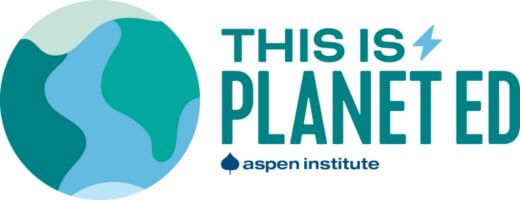
Co-Creating Vision and Strategy: ChangemakerXchange
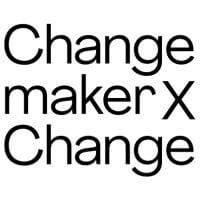
Supporting Junior Climate Negotiators from Least Developed Countries: International Institute for Environment and Development
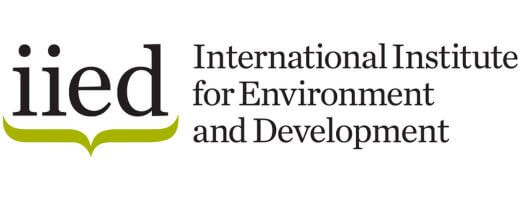
Generations in Collaboration: Ingka Young Leaders Forum

Helping the World Run Better Together: SAP and Youth

Empowering Youth for Climate Action: Connect4Climate | World Bank Group

Indigenous Teachings Reach New Audiences Through Comic Storytelling: Rewriting Earth

Ensuring Young People Are Included in External Event Participation: We Are Family Foundation
Bridging Generations: Cultivating Tomorrow’s Board Leaders — Fora: Network for Change
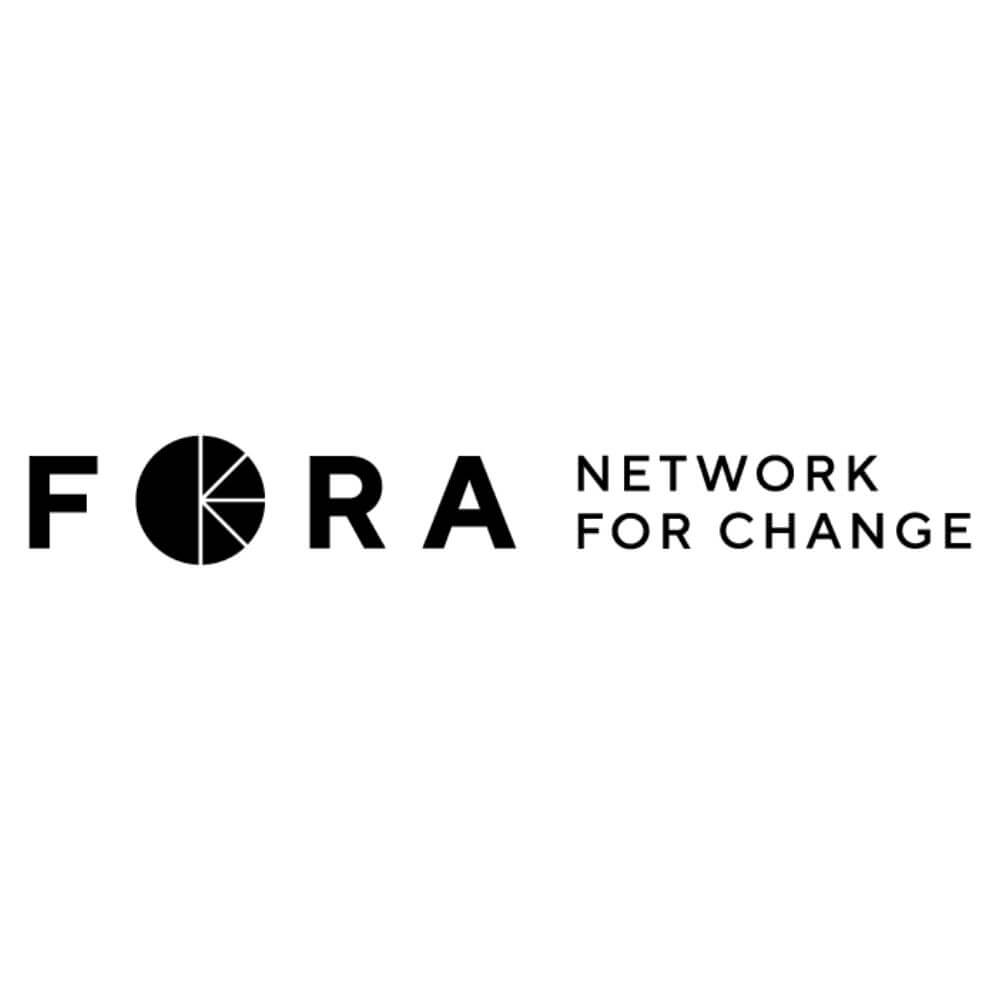
CONCLUSION
We Are Family Foundation began with a powerful belief: YOUTH are the key to building a more peaceful world.

